Life from Nothing: Abiogenesis
Impossible Biology Part 2
Truthiverse produces an audience-supported publication with a powerful podcast, regular consciousness-expanding spiritual content, and well-researched pieces on mind-expanding, obscure, and even taboo-but-crucial topics.
If you value my work, please join the growing body of consciously evolving minds and voyage with us into forbidden (and forgotten) realms of knowledge.
Hit that like button!
Share with fellow seekers
If you haven’t yet, please consider becoming a paid subscriber to support my efforts
Free: Check out my private evolutionary accelerator Evolve Yourself
Join The Truthiversity and get FULL access to my podcasts and all other premium content (articles, masterclasses, audio files, and more)
This is what I do full-time. Thanks in advance for your support - it means a lot! 👊🏼
Spontaneous Generation of Mystery Critters
Warning: Any Darwinian fundamentalists reading this may wish to secure a paper bag should they feel the sudden urge to purge the contents of their stomachs.
This article fundamentally challenges conventional notions of what “life” is and how it comes into being.
In 2000 Dr. Ignacio Ochoa Pacheco published a paper entitled ‘Ultrastructural and light microscopy analysis of SAPA bions formation and growth in vitro’ that formerly could be found on the orgone.org website.(http://www.orgone.org/articles/ax2001igna01a.htm)
In his paper, Pacheco reveals that microscopic life forms appear to be able to form ostensibly ‘out of nothing’ in a solution that has been rigorously treated to prevent the occurrence of any life.
Pacheco found that living organisms developed ONLY in the super-heated and sterilized mixture; a finding that runs in contrast to accepted scientific knowledge (in the mainstream at least), as no living entities can survive this treatment, and indeed, none did, which is the whole point.
However, the ultra-pure samples that WERE heated only needed to be left for 24 hours in order for the microscopic organisms to spontaneously appear. In the samples that were not heated, no lifeforms appeared, signalling that the more pure the sample the better the conditions for the spontaneous generation of life.
This finding is, in biological terms, basically the equivalent to discovering zero point energy in physics, or realising earth is not in fact the centre of the (infinite) holographic universe. It just “wasn’t supposed to happen.”
Official “scientific dogma” took yet another blow.
In Wilcock’s commentary he states correctly about the spontaneous generation of microscopic life:
If this is for real, then many scientists should have discovered it throughout our recent history. Not only does this appear to be true…but there seems to have been a concerted effort—some might say conspiracy (never!)—to bury all evidence of it. The Harvard University Press book "Sparks of Life" by James E. Strick sheds light on a vigorous debate that occurred between 1860 and 1880, regarding whether such ‘spontaneous generation’ was possible or not. A scientific conspiracy is revealed in which legitimate evidence...was suppressed and buried by luminaries like Louis Pasteur. The “authorities” simply refused to believe spontaneous generation was possible, even in the face of overwhelming evidence. Pasteur himself had repeatable results appearing, under sterile laboratory conditions—but he suppressed his own research in favor of the current model.
The important point is that all opposition to this strict, atheist interpretation of Darwinian evolution—in which no life can form without other life acting as a precursor—was systematically hammered down into non-existence. Then the cover-up came into play. (https://divinecosmos.com/davids-blog/355-fantastic-proof-of-spontaneous-dna-manifestation/)
This systemic suppression by key figures operating in the world of science led to the formation of an entrenched dogmatic stance that such things were/are “impossible.”
An impasse had been manufactured.
Reich’s Bions
In fact, the unjustly maligned, ridiculed, and persecuted scientist and psychoanalyst Wilhelm Reich (1897 - 1957) had performed similar experiments long before Pacheco as well. (Note: Reich died a broken man in a US prison, after being targeted and “professionally assassinated” by the US government.)
One of Reich's most significant experiments was his "Experiment XX." This experiment concerns the transition from non-living to living matter.
George Romero writes:
Experiment XX is done with clear "bion" water, an orgone energy-charged water obtained by mixing and boiling water and soil and filtering the solution. This clear solution is sterilized under pressure and kept in sterile containers, some of which are frozen. On thawing, these still sterile solutions show flakes of matter, which upon microscopic examination contain forms with the characteristics of living cells; i. e., pulsation, spontaneous movement, and reproduction. Experiment XX has been repeated successfully by many individuals, including the biologist Dr. Bernard Grad of McGill University.
Dr. Grad, after carefully confirming Reich's results in several separate containers of the sterile solution, wrote:
Reich, in his monumental book, THE CANCER BIOPATHY, presented for the first time in [the] history of science unequivocal evidence for the fact that living forms can develop from clear and autoclaved solutions.
Dr. Grad's article includes photographs of the living forms resulting from his repetition (of the experiment). (George Romero, The Rescue.)
Meanwhile, French researcher, Gaston Naessens (born 1924) adds another wrinkle to the question of spontaneous generation. Using his own self-designed superior microscope which allowed him to peer into living specimens, Naessens discovered in the blood of animals and humans—as well as in the saps of plants—an ultramicroscopic, subcellular, living and reproducing microscopic form, which he christened a somatid (tiny body).
This particle, he found, could be cultured outside the bodies of its hosts (in vitro, "under glass," as the technical term has it). And, curiously enough, this particle was seen by Naessens to develop in a pleomorphic (form-changing) cycle, the first three stages of which—somatid, spore, and double spore—are perfectly normal in healthy organisms, in fact crucial to their existence.
Intriguingly, they ALSO appear to be indestructible. Nothing kills them.
They have resisted exposure to carbonization temperatures of 200°C and more. They have survived exposure to 50,000 rems of nuclear radiation, far more than enough to kill any living thing. They have been totally unaffected by any acid. Taken from centrifuge residues, they have been found impossible to cut with a diamond knife, so unbelievably impervious to any such attempts is their hardness. Naessens believes that with no somatids there would be no life. (see ‘The Persecution and Trial of Gaston Naessens’ by Christopher Byrd, as featured in Jonathen Eisen’s excellent book Suppressed Inventions and Other Discoveries)
According to Naessens,
"The somatids... are precursors of DNA. Which means that they somehow supply a 'missing link' to an understanding of that remarkable molecule that up to now has been considered as an all but irreducible building block in the life process." (See ibid., Suppressed Inventions..., 153)
There is more history here though.
The truth is that fellow Frenchman Antoine Bechamp—Pasteur’s “nemesis”—had discovered these very things decades earlier than Naessens and called them microzymas.
Bechamp lived from 1816 to 1908 and was a scientist of the highest skill and integrity. Unlike Pasteur, who was egoically-driven and a B-grade scientist, Bechamp had a mind like a razor and was driven by scientific curiosity and insight. Bechamp performed many hundreds of meticulously controlled experiments before reaching any conclusions, if conclusions were at all possible. Pasteur, on the other hand, seemed to seek fame and recognition above all else and relied heavily on pilfering Bechamp’s ideas, taking them for his own and then promoting them to the public and potential sponsors in a diluted or even distorted form.
Pasteur had only a fraction of the understanding and scientific skill of Bechamp and hence leaned on the latter’s work very heavily to promote his own self-interest. Pasteur’s skill in self-promotion and making more noise than anyone else, however, far outweighed the more reserved Bechamp’s, which ultimately helped lead almost the whole of humanity into the illusions of Germ Theory and Contagion (but that’s another story).
When Bechamp identified the mysterious jiggly critters that Naessens later dubbed bions, he referred to them as microzymas. These were, as far as his research could reveal, the most fundamental units of life and seemed to be connected to chromatin (The idea of DNA had yet to crystallise in Bechamp’s era).
Hume’s excellent book Bechamp or Pasteur? reveals that, in fact, multiple other scientists had stumbled on the microzymas aside from Bechamp. The Frenchman, however, broke the most ground in studying and understanding them up to that point. His contribution was truly ingenious and colossal.
In short, we should have statues of Bechamp not Pasteur.
Others Not Named Bechamp
In the early 1800s, an amateur experimenter in what was then the new field of electricity, by the name of Andrew Crosse (1754 - 1855), decided to induce the development of artificial crystals by subjecting chemicals to prolonged exposure to weak electrical currents.
Crosse mixed up some silicate of potash and hydrochloric acid and into this he dropped a fist-sized chunk of oxide of iron. By inducing the current from a small battery to trickle through the solution to the oxide of iron, he hoped to bring about the growth of artificial crystals of silica. (see http://www.cheniere.org/misc/sparkoflife.htm)
In a paper he wrote for the London Electrical Society in 1837, Crosse detailed this account of his experience.
"On the fourteenth day after the commencement of this experiment, I observed through a small magnifying lens a few small whitish specks clustered around the middle of the electrified stone. Four days later these specks had doubled in size and had struck out six or eight fine filaments around each speck…the filaments longer than the hemisphere from which they projected...On the 26th day of the experiment, the objects assumed the form of perfect insects, standing erect on the bristles which they were growing.
Although I regarded this as most unusual I attached no singular significance to it until two days later, the 28th day of the experiment, when the magnifying lens showed that these things were moving their legs. I must say now that I was quite astonished. After a few more days they detached themselves from the stone and moved about through the caustic acid solution. (see http://www.cheniere.org/misc/sparkoflife.htm for the full story) [Emphasis added]
Later experiments with closed vessels, in which the ingredients had been purified by baking in the oven (note the importance of heating), produced identical creatures.
This experiment should have caused shockwaves throughout the scientific world, but of course, the Establishment scientists of the time “knew” all of this was quite impossible, and, as the close-minded and arrogant are won’t to do, proceeded to immediately denounce Crosse as a fraud (much like the cultish psi-sceptics operate today against the “paranormal”).
Even other scientists who had duplicated his tests with similar results tragically kept their silence.
All but one.
That voice raised in his defense was such a powerful one that none dared challenge it: it belonged to the great Michael Faraday (1791 - 1867). Faraday reported to the Royal Institution that he too had experienced the spontaneous development of these little creatures in the course of his experiments. But he added he could not decide whether they had been created in the sterile solutions or brought back to life by the electricity! (http://www.cheniere.org/misc/sparkoflife.htm)
EITHER development would have constituted a major milestone in scientific advance, as Faraday realized, but he left it to his fellow scientists to make the decision, if any.
Sadly, little interest was stirred in the hallowed halls of academia. It seems to remain little more than a topic of fringe interest, which is standard for Clown World, a realm of thoroughgoing inversion where truth is buried for profits and titillation, or ignored in favour of established dogma (or even the latest counterculture fad).
More recently a number of independent researchers have been digging into microzymas/bions and spontaneous generation using microscopy and replicating previous findings, including Peter Jones, author of Artificers of Fraud.
His method:
He gets some sand and grinds it with a mortar and pestle. He then dissolves this powder in water and boils it. He sterilizes a slide and then takes some of the ground sand and places it on a spatula. Placing the spatula into a flame, he heats the sand until the spatula reaches incandescence. He then mixes this powder with the sterilized water and places a drop of the mixture on a slide.
One can get bions forming almost immediately. One can see little bits of sand not completely ground up, but between them see the bions moving about. At 100X magnification they can barely be observed, but at 400x one can really see the bions dancing around, spinning about, and starting to develop the primary stages of clustering.
Volcanic rock works even better than sand as a starting media. In fact, farmers often add volcanic rock to soil. Perhaps the reason for this is that this rock increases the bions in the soil and makes the soil more fertile by doing that.
Jones has also done this same process using stainless steel as described by Dr. Reich on page 25 in The Cancer Biopathy. The results were the same as using the sand or volcanic rocks. (https://www.orgone.org/Pages/Conference/All.htm#jones)
To be clear, bions, symbionts, and microzymas are all the same thing. There are many other names for them. Some foolish people who don’t have a clue what they’re talking about point at them as “fat particles.”
Wrong.
Self-Generating Life in a Plasma Cosmos
Tom Bearden clarifies something important, albeit in slightly technical terms,
“The modern biogenesis experiments...never took place in the absence of life. There was no "statistical generation of living or quasi-living forms" in the absence of engines for such forms. The great rush of Poynting energy flow [the directional energy flux or power flow of an electromagnetic field] around the earth, generally parallel to the equator, alone carries the "engines" (internal sets of spacetime curvatures) for every form of life that ever existed upon the earth. So the experiments were bathed in "living forms and dynamics", if one accounts for the internal Whittaker-structuring of electrodynamics—noted but ignored by our scientists for nearly 100 years.”
(see http://www.cheniere.org/misc/sparkoflife.htm for the full story)
[Emphasis added]
In more simple terms, what Bearden is saying is that the electromagnetic field around earth contains all the information and energetic potentiality for the spontaneous emergence of life from the so-called vacuum or zero point field (ZPF), or what I prefer to call the aether in my first book (a.k.a. Source Field).
The “codes” for life are omnipresent and no experiment has ever occurred in the absence of this life-creating information. As quantum physicists now tell us, we get “It from bit,” the emergent phenomena of life result from bits of information—information embedded in the aetheric field/quantum foam.
In support of what Bearden stated, an article on the UK Times Online website, dated 12th of August 2007, detailed how scientists have discovered that inorganic material can take on the characteristics of living organisms in space (trigger warning for anyone who actually believes there is not a vast expanse beyond earth’s atmosphere).
The article runs as follows:
An international panel from the Russian Academy of Sciences, the Max Planck institute in Germany and the University of Sydney found that galactic dust could form spontaneously into helixes and double helixes and that the inorganic creations had memory and the power to reproduce themselves.
A similar rethinking of prospective alien life is being undertaken by the National Research Council, an advisory body to the US government. It says NASA should start a search for what it describes as “weird life”—organisms that lack DNA or other molecules found in life on Earth.
The new research, to be published this week in the New Journal of Physics, found nonorganic dust, when held in the form of plasma in zero gravity, formed the helical structures found in DNA. The particles are held together by electromagnetic forces that the scientists say could contain a code comparable to the genetic information held in organic matter. It appeared that this code could be transferred to the next generation. Professor Greg Morfill, of the Max Planck institute of extra-terrestrial physics, said: “Going by our current narrow definitions of what life is, it qualifies.” [Emphasis added]
...The findings have provoked speculation that the helix could be a common structure that underpins all life, organic and nonorganic. (http://www.timesonline.co.uk/tol/news/uk/article2241753.ece)
So we have still further confirmation that the spiralling helical geometry is encoded in the invisible fabric of reality that guides the formation of physical life, via the DNA. (I dig into this more in THE GRAND ILLUSION - Book 1 and explain WHY—it has to do with the Golden Mean.)
I want to emphasise one passage from the quote above:
The particles are held together by electromagnetic forces that the scientists say could contain a code comparable to the genetic information held in organic matter.
Note that even relatively mainstream scientists are now forced to work with the idea that invisible electromagnetic forces may contain coded information that underpin biogenesis (creation of life).
These 2007 findings were preceded in the 1990s.
There is no reason to believe that the phenomenon of spontaneous generation should be restricted solely to earth’s surface or inner atmosphere. The creation of life is intrinsic to the basic properties of the space-time matrix itself.
Remember our earlier finding: the more pure the sample the better the conditions for the spontaneous generation of life. The extreme “purifying” conditions of space outside earth’s atmosphere could prove interesting, no?
Let’s look at some interesting NASA research (trigger warning for those people who think literally everything produced by the sprawling and multi-faceted institution of NASA is a lie—it isn’t, but some things are).
In the late 1990s, a team of NASA scientists led by Louis Allamandola was able to show how organic molecules could form in the presence of water vapour from basic elements—not on the earth’s surface, but in the extreme conditions of interstellar space.
Recreating those conditions in the lab, the team mixed hydrogen, nitrogen, oxygen and carbon (the elemental building blocks of biological life) with water vapour in the presence of a few grains of sand [just as Pacheco used sand], standing in for interstellar dust.
Irradiating the mix with UV light as an energy source, complex organic chemicals—the precursors to protein—quickly formed around the sand grains. They also spontaneously organised themselves into vesicles—small sacs of organic material, which are essentially membranes separating and crucially protecting the elements within from the outer environment. Shaped like tiny rods, such organic vesicles have a further critical feature in that one end attracts and the other end repels water—an ideal way of self-organisation and key to the survival and evolution of all subsequent biological life forms. (Wilcock, Divine Cosmos, 112 )
Though this article is just a brief overview, it allows us to observe that primal or elemental lifeforms evolve out of “thin air” from conditions that are utterly intolerable to what we conventionally recognise as living things. Conventional thinking says this should be “impossible,” yet it has been documented over and over.
And let’s not forget, the bions/microzymas/somatids that sustain us through their pleomorphic cycle are actually immortal and indestructible. There is no known reason why they should not be able to survive in space, beyond earth’s protective atmosphere.
The fabric of the cosmos, put simply, is conscious and intelligent, as I proved overwhelmingly in Book 1 of THE GRAND ILLUSION. This consciousness seems to want to create life to explore and evolve itself.
Teleology is part and parcel of the equation of life.
Plasma researcher, Jay Alfred, adds some commentary on Russian Research into plasmas and inorganic matter;
Using a computer model of molecular dynamics, V N Tsytovich and his colleagues of the Russian Academy of Science showed that particles in plasma can undergo self-organization as electric charges become separated and the plasma becomes polarized in their paper entitled “From Plasma Crystals and Helical Structures towards Inorganic Living Matter,” published in the New Journal of Physics in August 2007. Past studies, subject to Earth's gravity, have shown that if enough particles are injected into a low-temperature plasma, they will spontaneously organize into crystal-like structures or "plasma crystals".
Tsytovich's computer simulations suggest that in the gravity-free environment of space, the plasma particles will bead together to form string-like filaments which will then twist into helical strands resembling DNA that are electrically charged and are attracted to each other. The helical structures undergo changes that are normally associated with biological molecules, such as DNA and proteins, say the researchers. They can, for instance, divide to form copies of the original structure; which then interact to induce changes in their neighbors that evolve into other new structures. The less stable structures break down over time leaving behind only the structures that are most adapted to the environment.
"These complex, self-organized plasma structures exhibit all the necessary properties to qualify them as candidates for inorganic living matter", says Tsytovich, "they are autonomous, they reproduce and they evolve". He adds that the ionized conditions needed to form these helical structures are common in outer space. (http://www.dapla.org/plasma_life_forms.htm)
“If that is so,” wrote Alfred, “then it will mean that plasma life forms are the most common life form in the universe, given that plasma makes up more than 99% of our visible universe which is almost everywhere ionized. This is in stark contrast to carbon-based life forms...” (http://www.dapla.org/plasma_life_forms.htm)
In short, the known cosmos is intelligently “programmed” with the conditions that lead inevitably to the self-organised appearance of living systems from what we could think of as a virtual or hyper-medium (the aether/Source Field), and plasma is an intrinsic part of the process (an “excited” region of the aether).
This is not the first time in recent years that plasma life forms have been studied. In 2003 physicists; Erzilia Lozneanu and Mircea Sanduloviciu of Cuza University, Romania, described in their research paper “Minimal Cell System created in Laboratory by Self-Organization” (published in Chaos, Solitons & Fractals, volume 18, page 335), how they created plasma spheres in the laboratory that can grow, replicate and communicate—fulfilling most of the traditional requirements for biological cells.
They are convinced that these plasma spheres offer a radically new explanation of how life began and proposed that they were precursors to biological evolution. (http://www.dapla.org/plasma_life_forms.htm)
Ergo, our concepts of “living” and “alive” clearly need to be revised and expanded. (Where does life end? And what’s this about “transitional” life forms? How come the most fundamental biological units inside our mortal bodies are immortal?)
Even plasmas, as David Bohm noted, can behave as if they are intelligent living systems. Who are we to say they aren’t?
Hylozoism posits that everything (all matter) is alive, and this is certainly what my research and expanded states of consciousness have taught me over the past 20 years.
Expanding our perceptual parameters and sensitivities to the information field around us creates a higher capacity for detecting the intelligence emanating from systems and organisms around us.
There is only life.
Evolve Yourself Without Hard Work or Meditation - Free Masterclass ⤵️

About Me/Brendan:
Host of Truthiverse podcast. Author of the epic, “The Grand Illusion: A Synthesis of Science and Spirituality — Book 1.” (Book 2 is nearly finished!) Founder of The Truthiversity, the #1 consciousness-raising university 📽
As stupidly affordable as it is, if your budget’s too tight for the whole enchilada inside The Truthiversity, feel free to donate a lesser Substack subscription ⬇️ to support my work here - thanks in advance! :-)
🚨 Want to know when “The Grand Illusion - Book 2” is ready?
To get on the wait list and be notified when this groundbreaking and monumental work is available, click below ↴



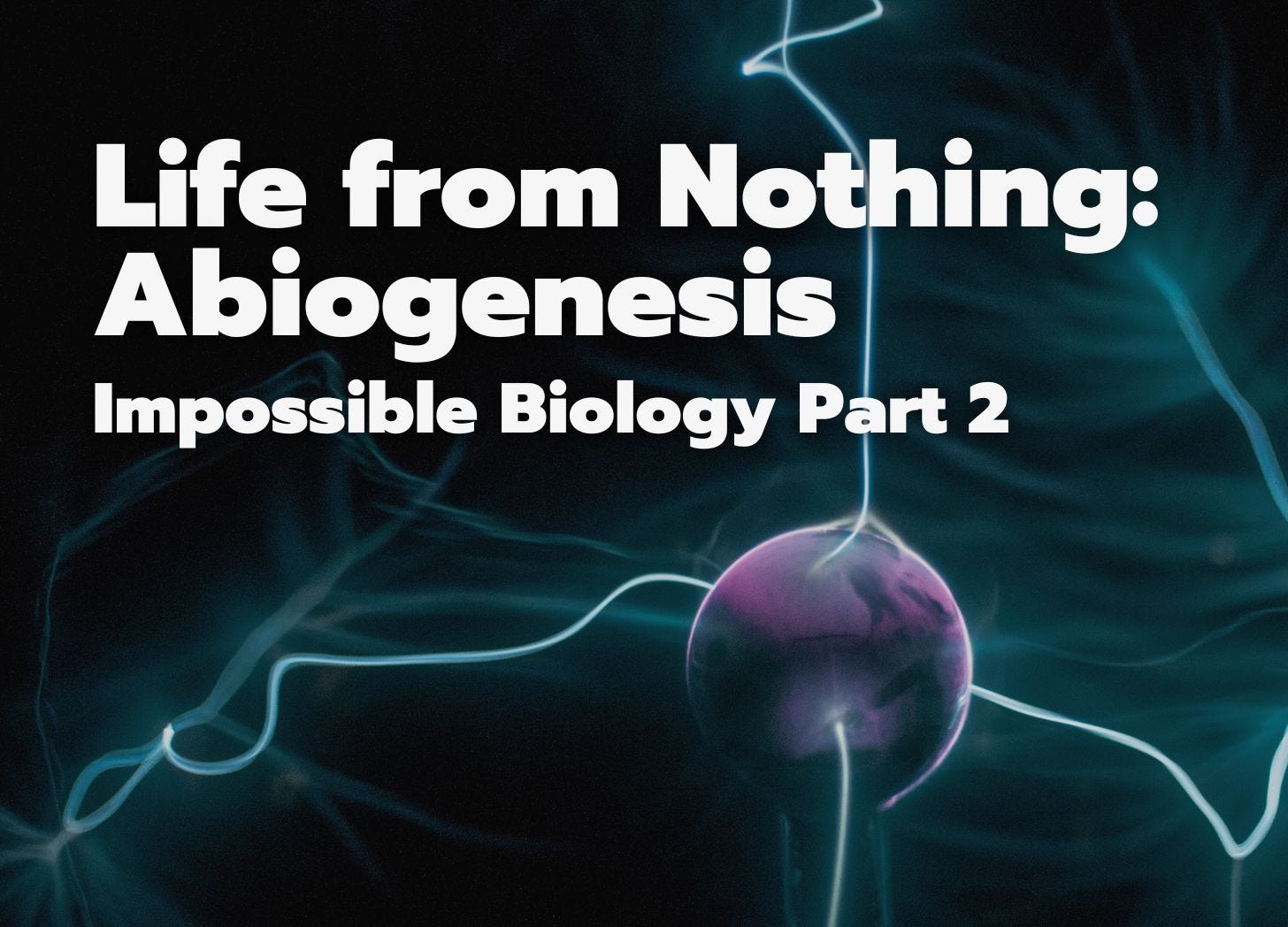

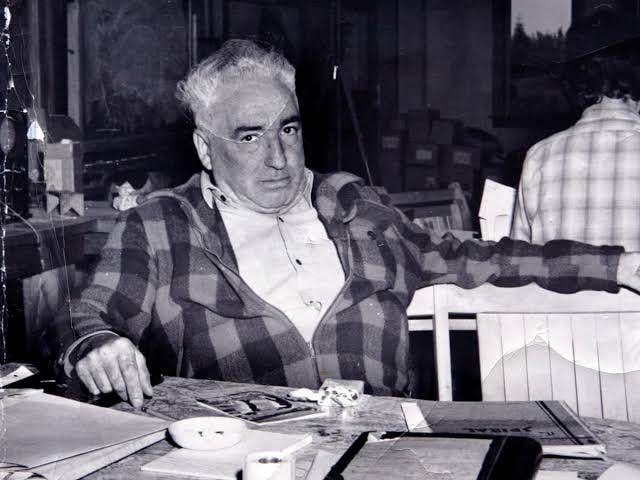
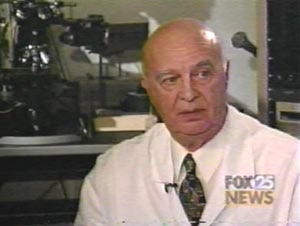
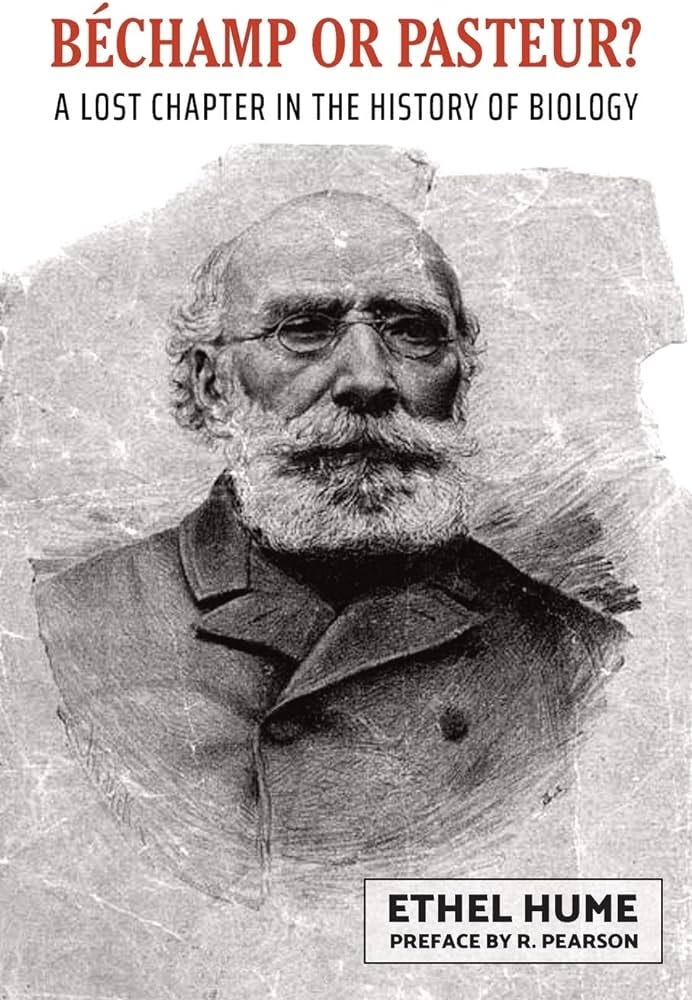
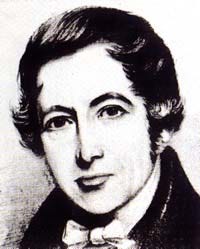









Remarkable article. I wonder how this melds with the Electric Universe.
Yes too many 'greats' have been disregarded , dismissed and villified by 'official' science. Drudge, Royal Rife Reich, etc, etc.
Good to read someone utilising Dr Wilhelm Reich's research without labeling him a "quack"...
James DeMeo has done much to encourage interest in Reich's research. Three of his publications are:
The Orgone Accumulator Handbook
The Dynamic Ether of Cosmic Space (correcting a major error in modern science)
Saharasia. 4000 BCE Origins of Child Abuse, Sex-Repression, Warfare and Social Violence in the Deserts of the Old World...
Thanks for the article...les...